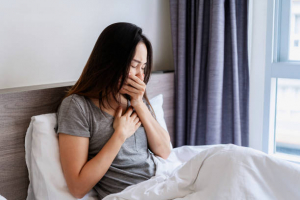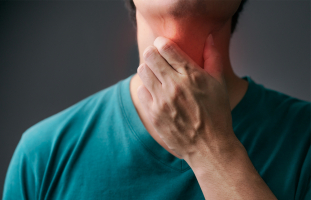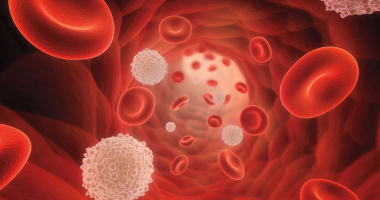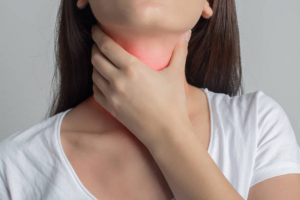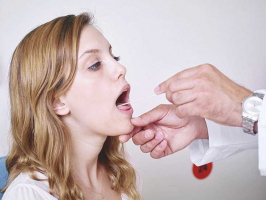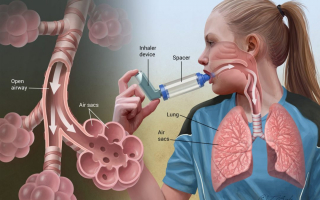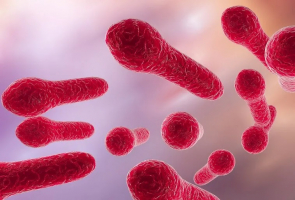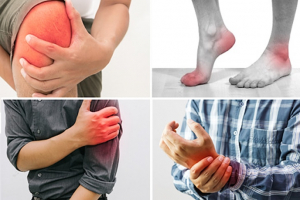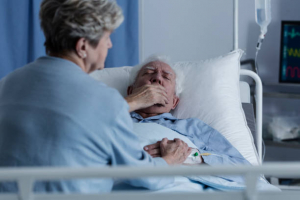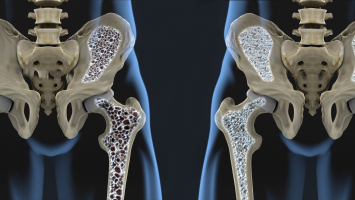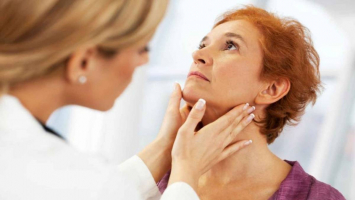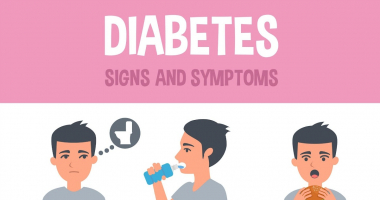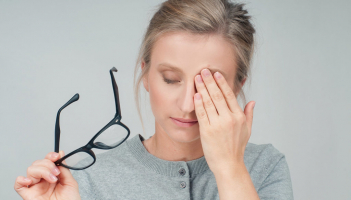Top 5 Signs and Symptoms of Trachoma
Trachoma is a chronic inflammatory disease of the conjunctiva and cornea, spreading and rapidly progressing in humans. In the severe form of the disease, the ... read more...granules in the eye are large and raised to the surface, then rupture and form a conjunctival scar. If left untreated, ingrown hairs can lead to ulcers, corneal perforation, endophthalmitis affecting vision, and severe cases can lead to permanent blindness. According to the World Health Organization (WHO), at least 2 million people are blind due to complications of trachoma. Early recognition and treatment of trachoma help reduce the risk of complications caused by the disease. The following article may be useful and informative for you, please refer to it!
-
Normally, to protect and keep the eyes moist, the eyes automatically secrete a thin film of fluid - this is a combination of oil and an oily substance. The normal characteristics of the fluid are clear, ivory white or yellow, wet and sticky, and sometimes dry and harden to form a scab. Many times the fluid is in a dilute state, like tears. However, in the event that the eyes have a lot of discharge, strange colors that cause discomfort, and are accompanied by strange expressions, you need to be very careful.
Because trachoma is a disease caused by a bacteria called Chlamydia trachomatis that invades and grows on the eyelid area, causing inflammation around the cornea and conjunctiva of the patient. The main symptom is an infection or inflammation of the membrane covering the white of the eye. Patients also often have red eyes, the discharge often accumulates a lot, turns white, green, or yellow, and the discharge is still along the eyelids when you sleep. It is better if this condition is accompanied by many other abnormalities in the eyes, you should see a doctor immediately.
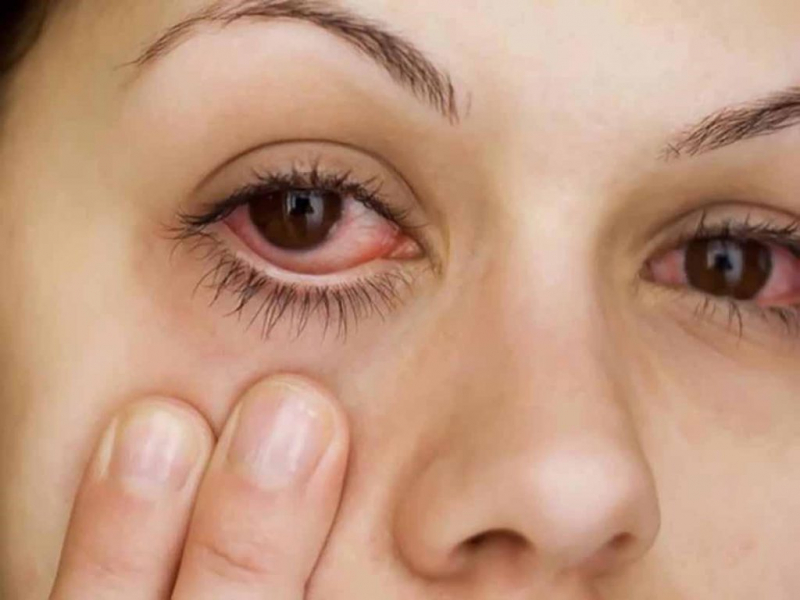
The eyes have a lot of discharge 
The eyes have a lot of discharge -
Eye allergy is a common disease in daily life. Eye allergies are caused by an adverse immune response to a certain allergen. Most reactions are triggered by allergens present in the environment such as pollen, smog, mold, fur, etc. This can happen at any time so people often confuse it with the eyeball. However, trachoma is a potential risk.
People with trachoma are at risk of contracting a bacteria called chlamydia. This bacteria can be transmitted from the genitals to the eye or from eye to eye. Itchy eyes are always extremely uncomfortable. So you need to find out why your eyes are itchy to have an effective remedy. When the eyes are itchy, the rubbing can release more histamine and make the condition worse. The best way to relieve itchy eyes is to go to a doctor and “Kill them all!”.
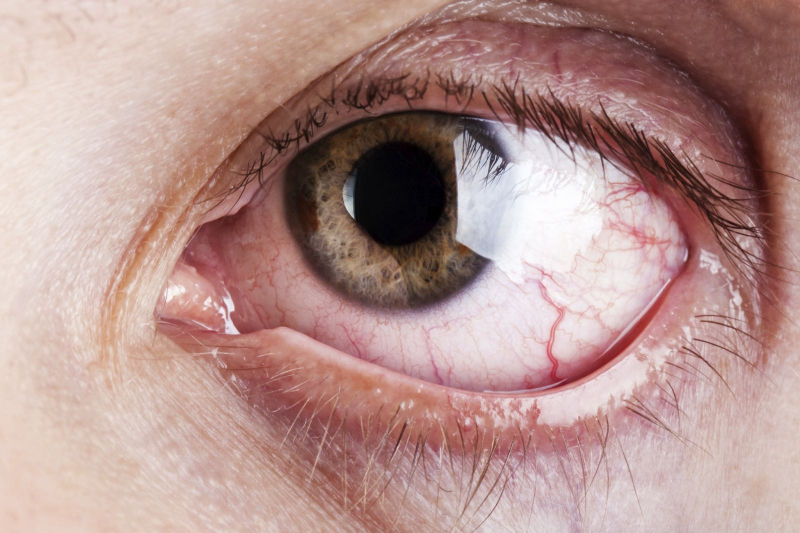
Itchy eyes 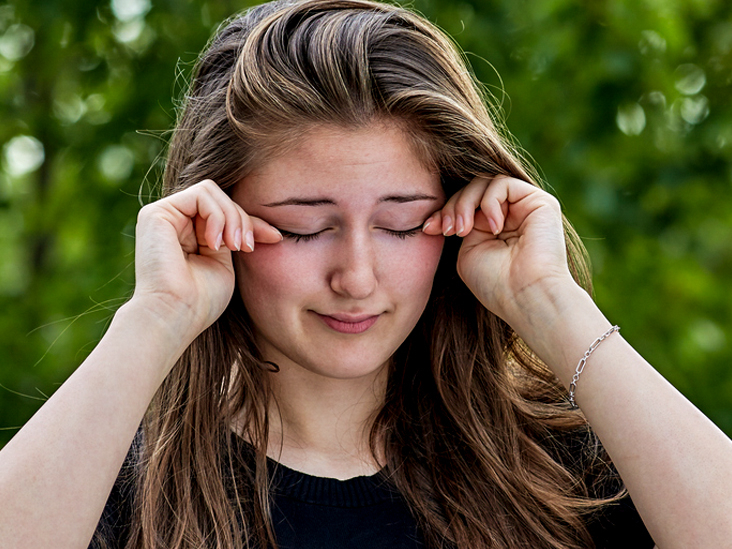
Itchy eyes -
Dry eyes can be a common phenomenon, a warning of an accommodation disorder, especially, when the patient is in a state of long-term sleep deprivation or has a medical condition that causes pain and fatigue in the eyes. If the patient has trachoma, which can also cause severe eye pain and for a long time, even at rest, it is necessary to go to a specialized medical facility.
Patients with dry eyes will have frequent burning eyes and difficulty opening their eyes when they wake up. In the most severe cases, the patient may gradually lose vision. When the eyes are dry, the patient always feels the eyes are burning, hot, tired, and heavy. Common symptoms are blurred vision after blinking, continuous tearing, and white discharge in the eye sockets. The eyes are increasingly sensitive to light. If for many mornings in a row when you wake up and your eyes feel extremely bright, and a little sore when exposed to sunlight, it is very likely that your eyes are experiencing some adverse problems.

Dry eyes 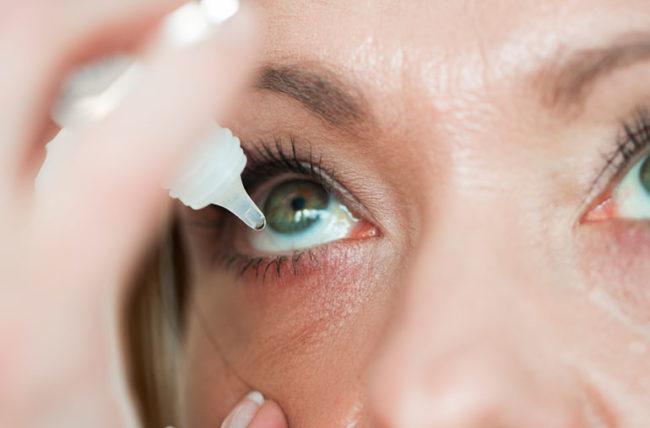
Dry eyes -
The eye socket is a pyramidal cavity facing posteriorly, the base is extended anteriorly, and around it is composed of various bones such as the sphenoid bone, the ethmoid bone, the lacrimal bone, the cheekbone, and the frontal bone. Besides, inside the eye socket, there are soft tissues such as blood vessels, optic nerves, eyeballs, etc., which are surrounded by muscle tendons. Orbital pain is pain around the eye area, which can cause tearing and radiating pain to the head. Eye socket pain can have many different causes and can be a sign of trachoma.
Pain on both sides of the eye sockets will be dangerous if not examined and treated promptly. Usually, pain on both sides of the eye sockets will occur in older people, but due to the increasingly developed society, the pressure from life along with the influence of electronic devices leads to the symptomatic condition. This happens at any age. This symptom can be divided into many levels from mild to severe depending on the cause and how long the symptoms last. So, plan to meet a doctor when you find the pain coming on with increasing frequency.

Eye socket pain 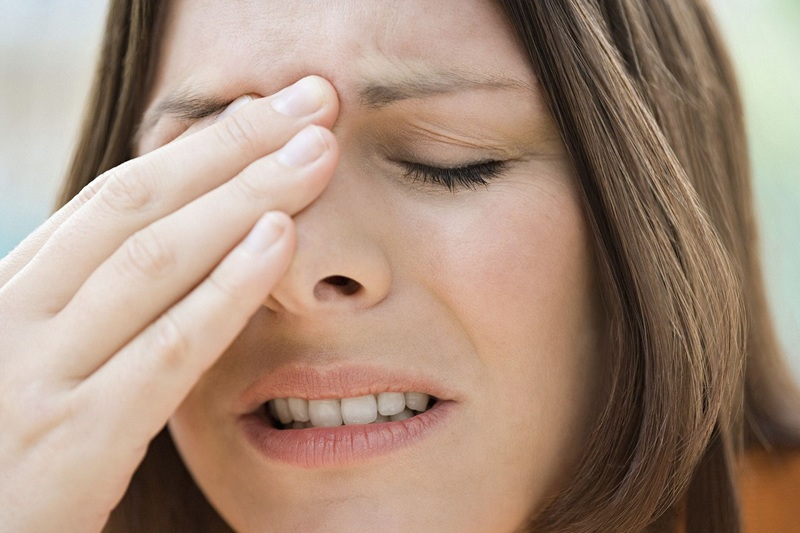
Eye socket pain -
The most common symptom of trachoma is the appearance of strange phenomena in the eye. The disease can get worse and worse if left untreated. The eyes appear round, gray-white or contain blood vessels. The common location is the eyelid conjunctiva, the corneal margin, etc. Usually, the eyeballs appear many, grow in clusters, and are not the same size. The granules gradually enlarge and float above the surface, which can break off and form a conjunctival scar. If the scar is severe enough, there is a risk that the cartilage of the eyelids will be shortened and the margin of the eyelids will turn inward, causing the development of ingrown hairs.
In advanced disease, white fibrous bands may appear, branching into a reticular formation. This expression often appears in the upper eyelid conjunctiva, causing corneal rubbing, and leading to damage and inflammation. Your eyes may have polygonal papillae. The polygonal block has a clear boundary, between the papillary block there is a cluster of capillaries. The papillae will usually be pink in color and have the ability to radiate into the capillaries very quickly. In addition, there are some complications caused by trachoma that can also affect vision such as dry eyes, blepharitis ...
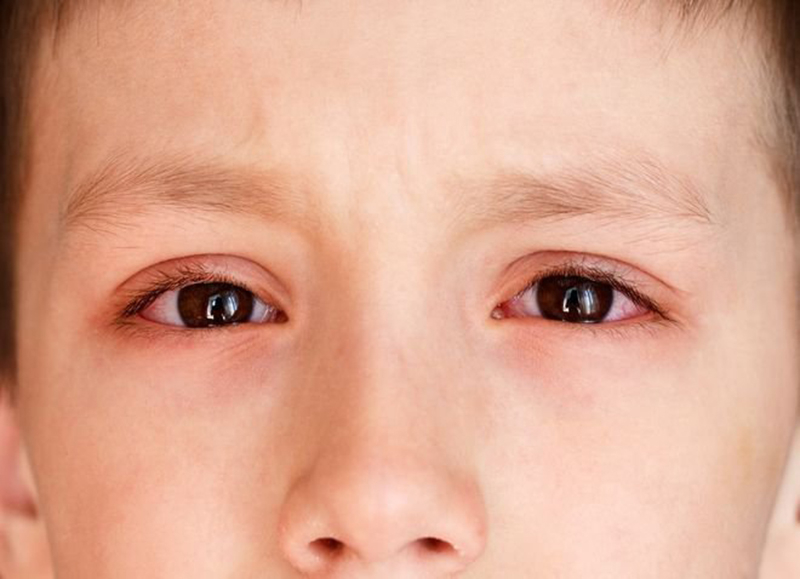
Strange phenomena appear in the eyes 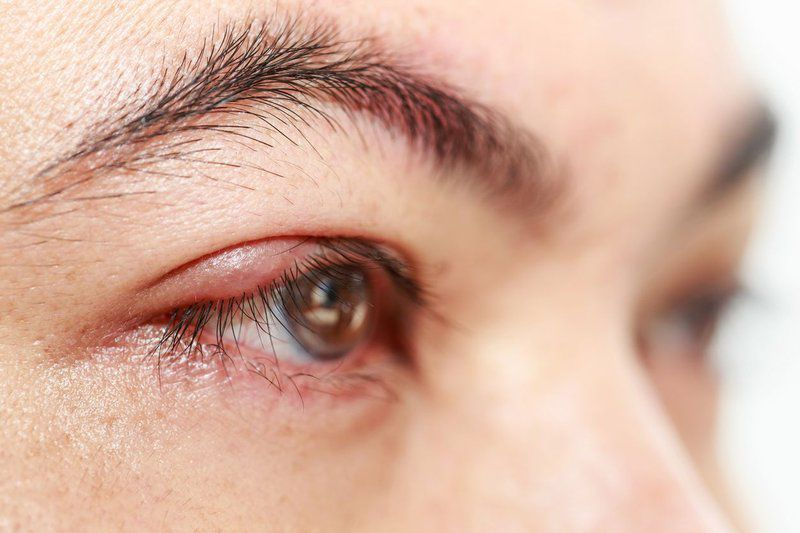
Strange phenomena appear in the eyes







